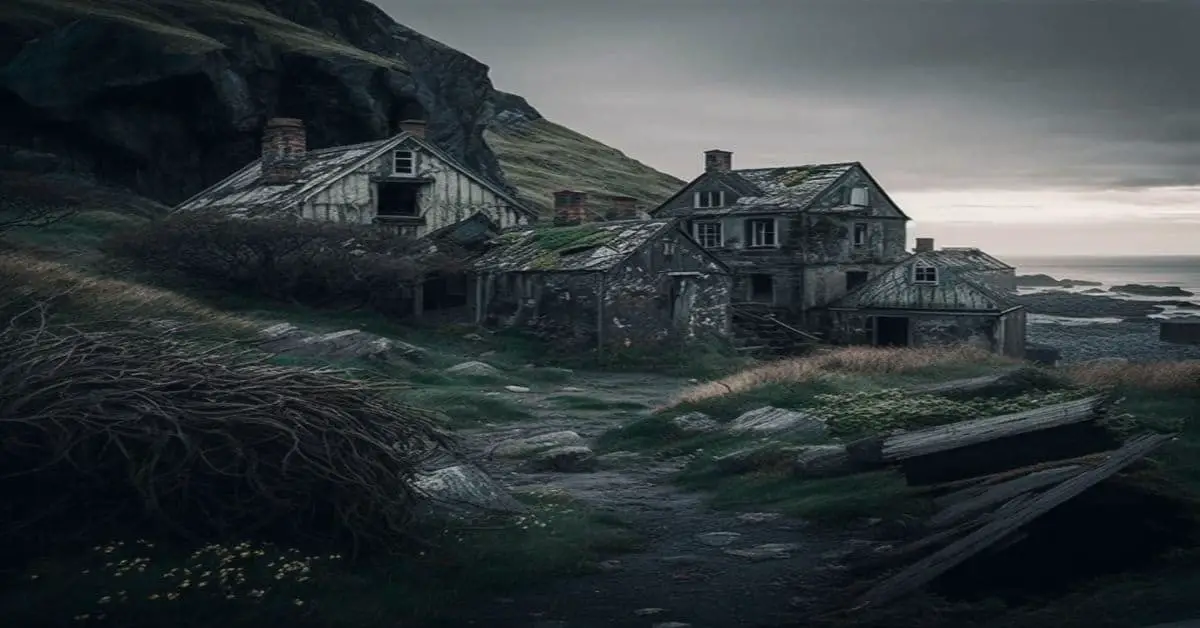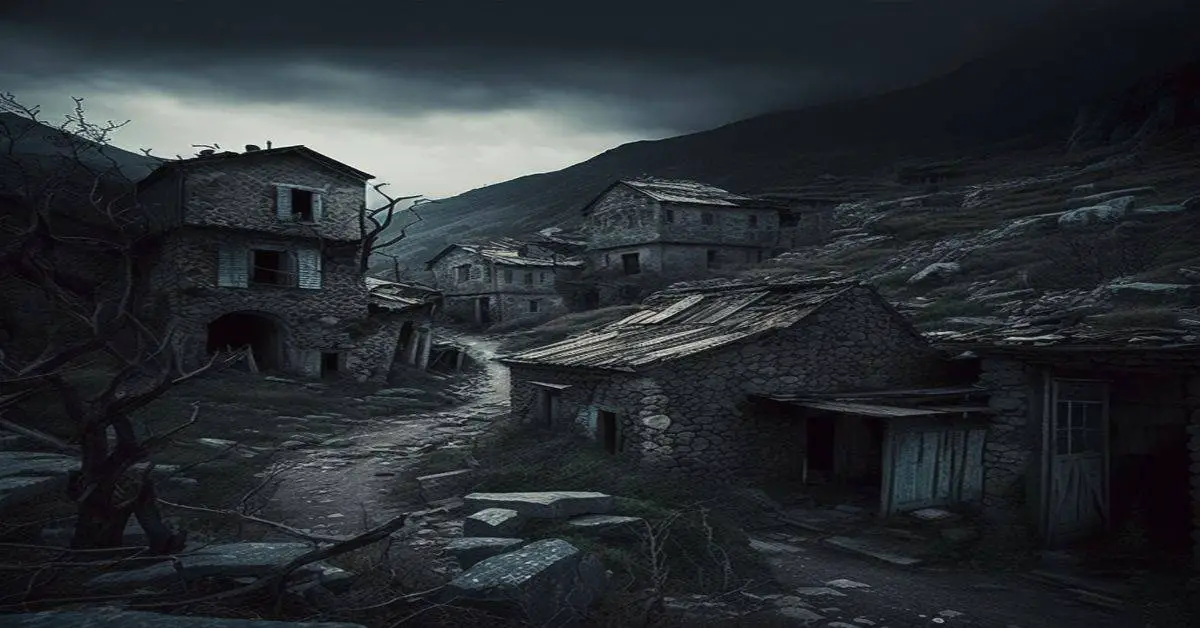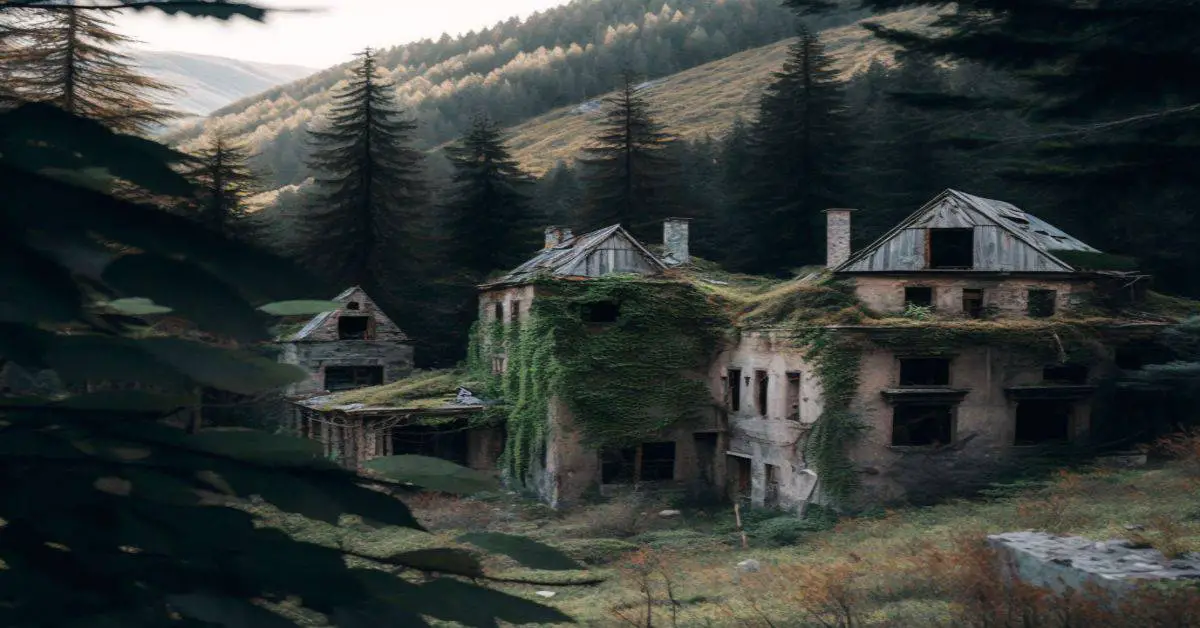Located in the picturesque Columbia River Gorge, Bridal Veil was once a thriving logging community that played a crucial role in Oregon’s early economy.
Founded in the late 19th century, the town was home to the Bridal Veil Falls Lumbering Company, which employed hundreds of workers and produced thousands of board feet of lumber each day.
However, with the decline of the logging industry, the town’s fortunes began to wane, and by the mid-20th century, Bridal Veil had become a virtual ghost town.
Despite its diminished status, Bridal Veil has retained much of its historic charm and remains a popular destination for tourists and history enthusiasts.
Bridal Veil offers a fascinating glimpse into Oregon’s past from the preserved buildings and landmarks of the town’s logging heyday to its current incarnation as a post office and bed and breakfast inn.
In this article, we will explore the history and origins of Bridal Veil, its role in the logging industry, and the efforts to preserve its unique heritage for future generations.
Key Takeaways
- Bridal Veil was a lumber ghost town located in the Columbia River Gorge, and was called “Bride’s Veil” during the pioneer times.
- The town had a post office that still exists and is known for its coveted postmark, which is used for wedding invitations.
- Bridal Veil Falls, a picturesque waterfall, is located nearby the town.
- The town had a 75-year run as a company mill town, until Bridal Veil Lumber & Box Company ceased operations in 1960, and the town was sold to a company that produced wooden cheese boxes for Kraft Food Co.
History and Origins
The origins of Bridal Veil as a lumber ghost town in the Columbia River Gorge can be traced back to the decision of the Bridal Veil Falls Lumbering Company to log Larch Mountain. The town was established as a result, and its official name was given when the railroad station and post office were opened.
The area had been called ‘Bride’s Veil’ since pioneer times, but it was only with the town’s establishment that the name became Bridal Veil.
The Columbia River Gorge played a significant role in establishing Bridal Veil as a lumber town. The area’s abundant timber resources were what attracted the Bridal Veil Falls Lumbering Company to the region in the first place.
The town’s location in the gorge also made transporting the logs easier, as the company could send the rough-cut lumber down a two-mile long wooden water flume to Bridal Veil.
Logging and Industry
Despite the environmental impact of the logging industry, Bridal Veil Falls Lumbering Company made the decision to log Larch Mountain in the Columbia River Gorge. This decision led to the establishment of Bridal Veil as a lumber ghost town, where raw logs were hauled to Palmer before being run through the sawmill and sent down a two-mile long wooden water flume to Bridal Veil.
The town’s main industry was timber production, which sustained the town for nearly 75 years until the Bridal Veil Lumber & Box Company ceased operations in 1960.
The logging industry had a significant impact on the environment. The felling of the trees and the transportation of logs through the water flume caused erosion and sedimentation, which resulted in water quality degradation in the Columbia River. The logging industry also contributed to the forest ecosystem’s loss of habitat and biodiversity.
Despite the negative environmental impact, the logging industry played a crucial role in the development of Bridal Veil, and its legacy is still visible in the town’s remaining structures and artifacts.
Current Status and Preservation
Currently, efforts are being made to preserve the remaining structures and artifacts of Bridal Veil, including the cemetery, church, and post office. These buildings are privately owned and are considered safe for now. However, the land housing the church and post office is owned by the Trust for Public Land and may be considered endangered.
As of 2006, the trust attempted to sell the town site land to the U.S. Forest Service. It is unclear what the future plans are for this land, but preservation efforts are ongoing to protect the historic buildings and cemetery.
The Bridal Veil Lodge, which operates today as a bed and breakfast inn, is one of the original mill worker’s homes and is perhaps the only dwelling left. The land it sits on was purchased in 1895 from the Bridal Veil Falls Lumbering Company and is now owned by the great-granddaughter of the original owner.
While the lodge and cemetery are currently safe, the Trust for Public Land still owns the church and post office land, which may be at risk. It is important to continue preservation efforts to protect the remaining artifacts and structures of Bridal Veil and ensure that future generations can learn about the history of this once-thriving lumber town.
“The ½-mile Overlook Trail offers magnificent views of the Columbia River along the paved loop. You’ll see dramatic rock formations, including Archer Mountain, Hamilton Mountain, Beacon Rock and the famous geologic edifice known as Pillars of Hercules. The trail also passes a patch of forest scarred by the 2017 Eagle Creek Fire.”
https://stateparks.oregon.gov/index.cfm?do=park.profile&parkId=107
Frequently Asked Questions
What is the significance of the name “Bridal Veil” and why is it popular for wedding invitations?
Bridal Veil’s name originates from a waterfall and canyon resembling a bride’s veil. The post office’s unique postmark has made it a popular choice for wedding invitations, with couples seeking a rustic and nostalgic aesthetic for their special day.
Are there any notable landmarks or attractions in the surrounding area aside from the waterfall?
Aside from the waterfall, visitors to Bridal Veil can enjoy hiking trails in the Columbia River Gorge and nearby local wineries. The area boasts over 90 miles of trails and several wineries to explore.
What was the town’s population like during its peak years of operation?
During Bridal Veil’s peak years of operation as a lumber mill town, the population grew significantly due to economic factors. However, the exact number of residents during this time is unknown.
Has there been any notable paranormal activity reported in Bridal Veil?
Possible paranormal encounters and local folklore have been reported in Bridal Veil. The smallpox and diphtheria outbreaks are believed to have contributed to the town’s haunted reputation. However, there is no scientific evidence to support these claims.
Are there any plans for future development or restoration of the town site?
Currently, there are plans for historic preservation and potential future development of Bridal Veil. The Trust for Public Land is attempting to sell the land to the U.S. Forest Service for continued protection and restoration efforts.


